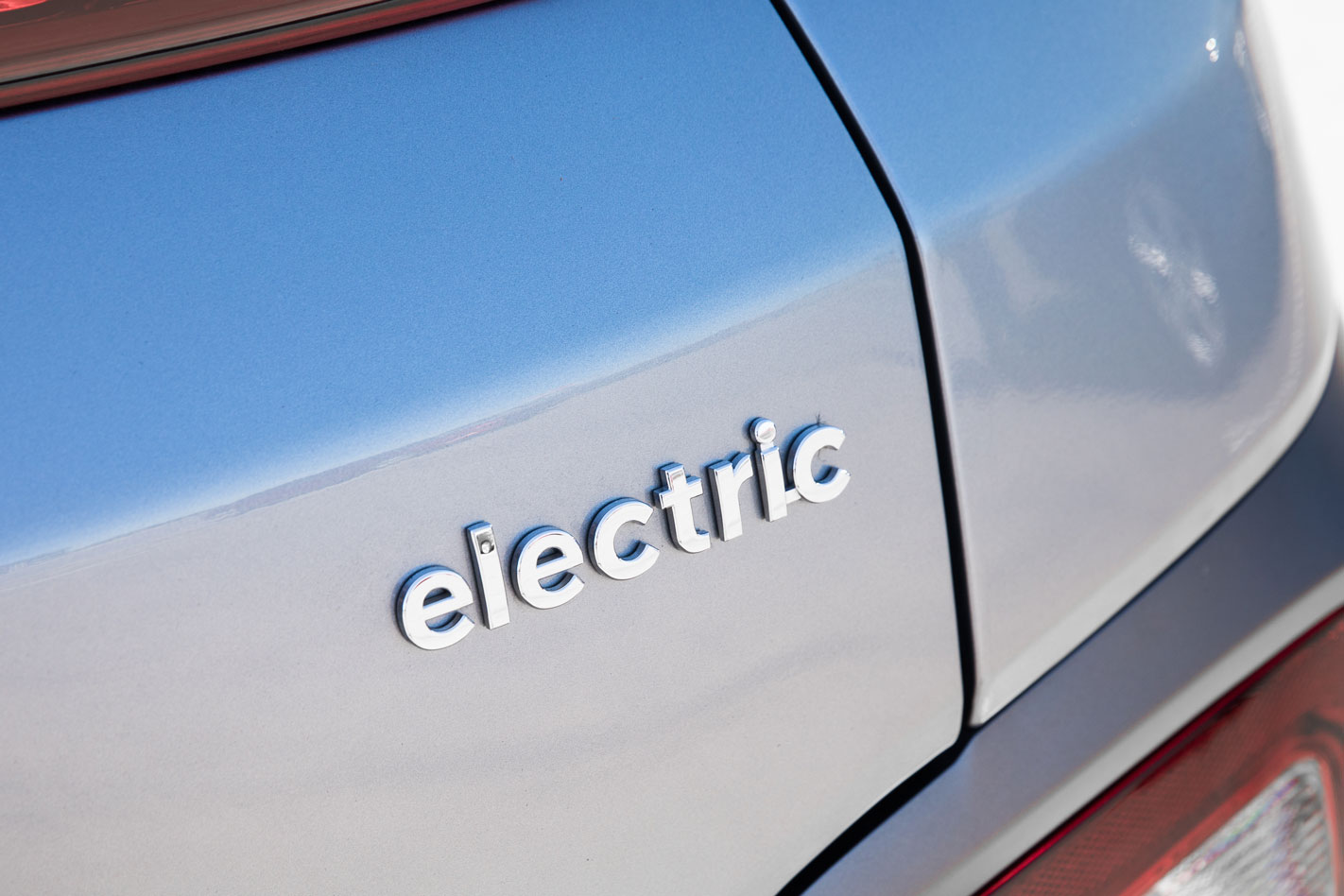UPDATE, July 20: ACT EV strategy revealed in detail, reaction
The ACT Government has now officially released its electric vehicle strategy.
Among the highlights are plans to overhaul its registration system and expand the Territory’s public charging network to at least 180 EV chargers by 2025.
The Strategy sets out an ambitious target of 80-90 per cent of new light vehicles sales being zero-emissions vehicles (ZEVs) by 2030 and outlines plans to phase out light internal combustion engine vehicles from 2035.
The authority said it will continue to offer a range of EV incentives, which currently include: stamp duty waivers, free vehicle registration and no-interest loans of up to $15,000.
In addition, it said it will extend stamp duty waivers for buyers of used electric and hydrogen vehicles purchased from August 1 this year, cutting the cost of an average second-hand vehicle by around $1600.
Highlights
| $2000 grants for installation of EV charging infrastructure for apartment buildings |
| Expanding the ACT public charging network to at least 180 EV chargers by 2025 |
| Exclusion of new vehicles powered by fossil-fuels in taxi and ride-share fleets by 2030 |
| Changes to the Territory Plan to make new builds EV ready and streamlining EV charging application processes for public land |
| 100% of all newly leased Government vehicles are ZEVs where fit for purpose and explore opportunities to replace ACT Government heavy fleet vehicles with ZEVs |
| Phasing out light internal combustion engine vehicles by 2035 |
| Aiming for 80-90% of light vehicle sales being zero emissions vehicles by 2030. |
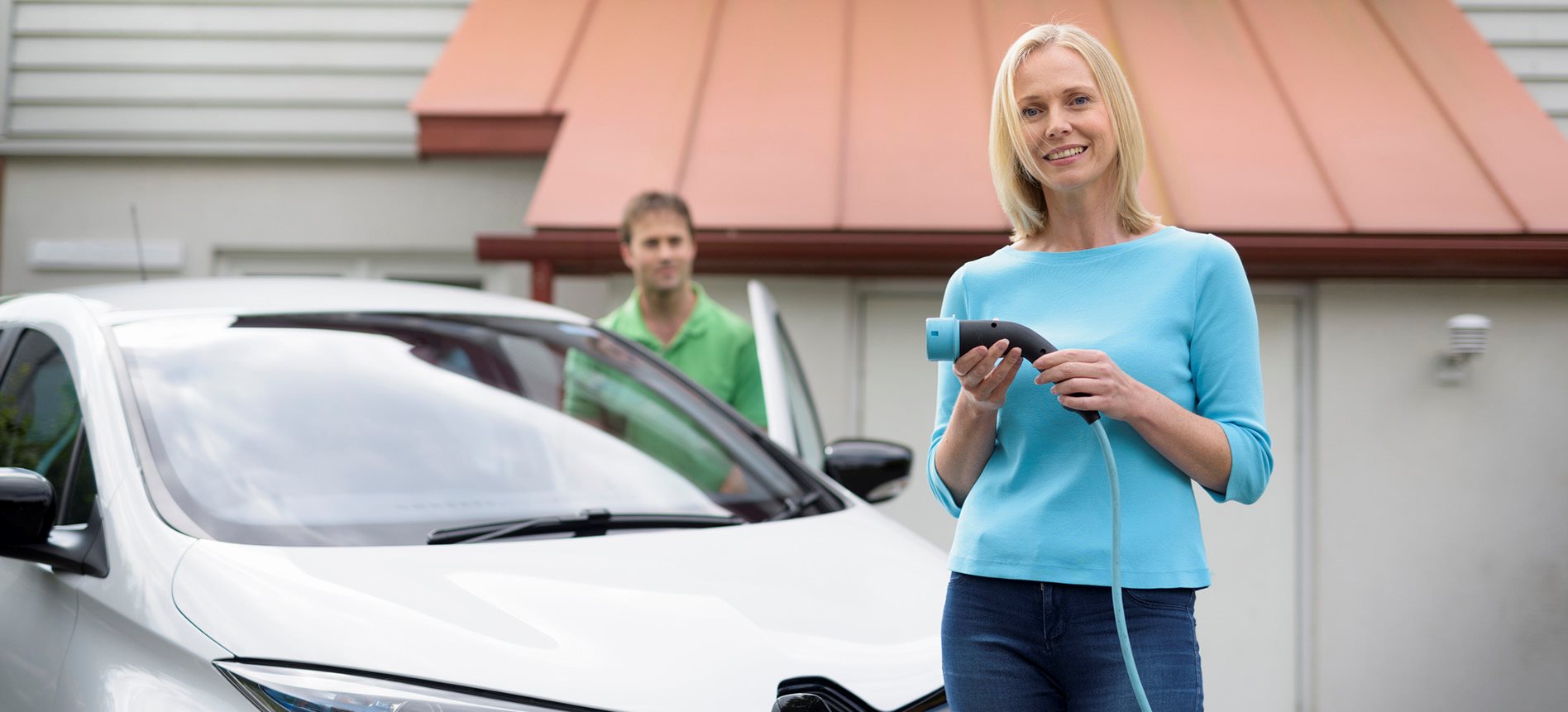
“With technology rapidly evolving, now is the time for the ACT to join other jurisdictions around the world in supporting a transition to ZEVs. The transition is happening rapidly – manufacturers have made that clear,” said Chief Minister and Minister for Climate Action Andrew Barr, while making the announcement earlier today.
“It’s important now for Australian jurisdictions to start preparing for a future private vehicle market that is predominantly ZEV.”
The Minister added that he was aware the ACT’s current fixed registration system is weight-based and penalises heavier ZEV models despite their lower emissions.
“Any registration reform in the ACT would necessarily consider both emissions and distance-based charging and ensure zero emissions vehicles were incentivised over high emitting vehicles,” he said.
“The ACT is actively monitoring developments around Australia and internationally, with the goal of incentivising lower emissions and will investigate the potential for future reforms.
“The principle the ACT Government wants to achieve is that Canberrans will pay less if their transport emissions are lower.”
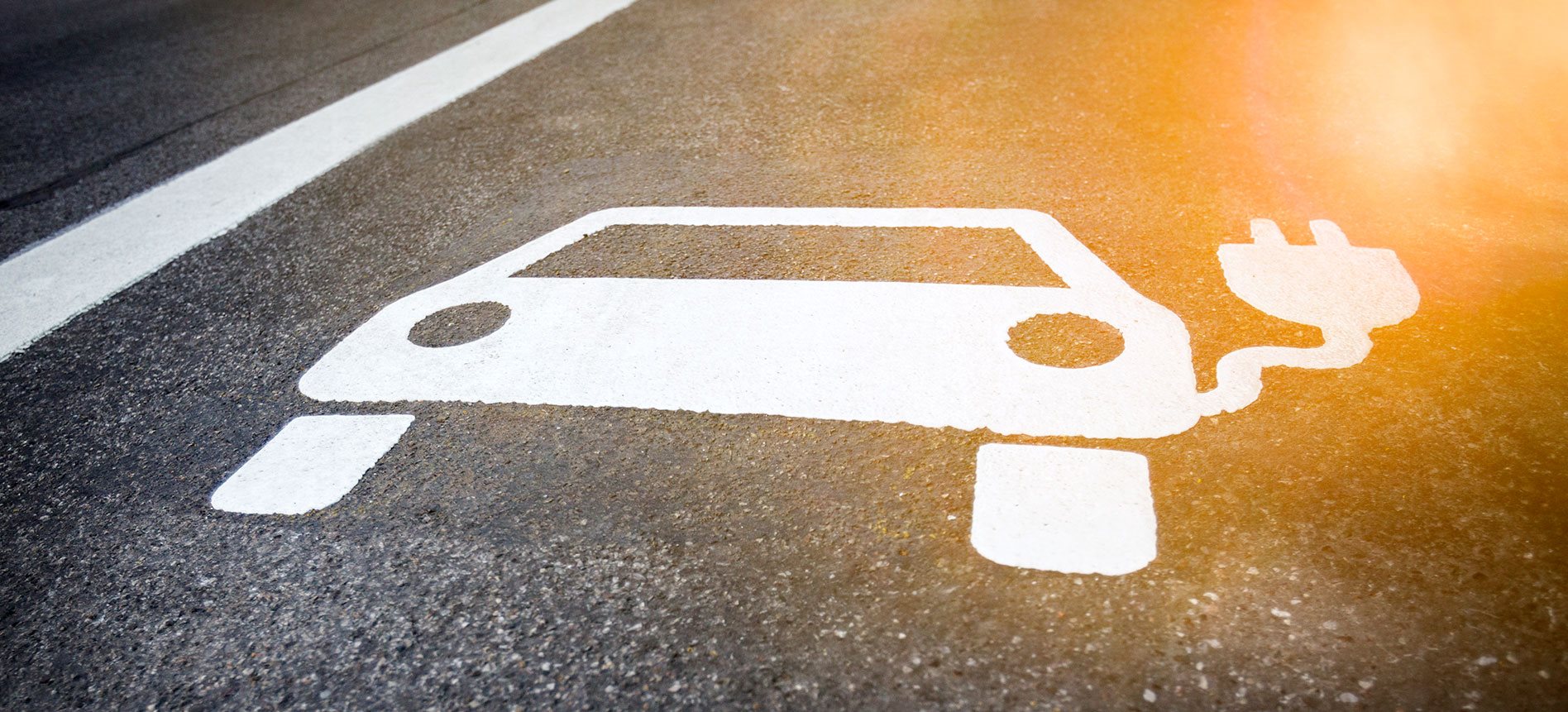
The Australian Automotive Dealer Association (AADA), however, said it remains concerned about the policy.
“The AADA acknowledges the strategy contains a number of good initiatives which support the transition to EVs and should help make ZEVs more affordable,” said CEO James Voortman.“We still hold concerns around the foreshadowed phase out of light internal combustion engine vehicles from 2035, but are pleased that the Government has said it will review this milestone to 2035.“In other global markets ICE bans have been preceded by vehicle emission standards and generous incentives, neither of which currently exist in Australia.“If we have learned anything in the past two years it is that the new vehicle supply chain is incredibly fragile. While we hope that we are able to supply 100 per cent ZEVs by 2035, there are too many unknown variables to say with confidence that we can – reviewing this target in the lead up to 2035 is a sensible commitment.“We agree with the ACT strategy that the Federal Government should take a leadership role on the emergence of ZEVs and would urge a national approach on areas such as emissions standards, vehicle taxation and vehicle standards – leaving it to the individual state and territory governments to set their own policies is not in the best interest of consumers or businesses.”
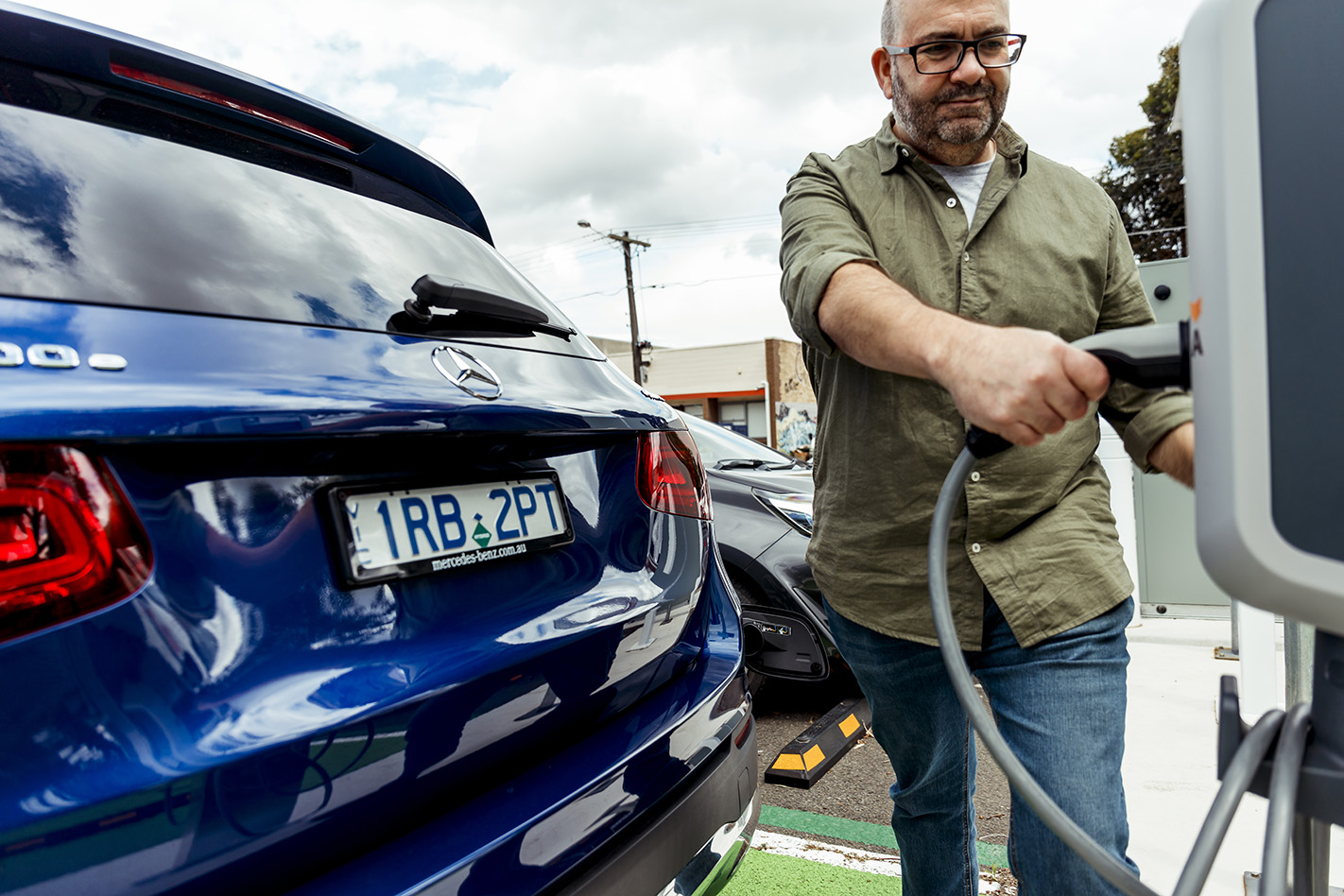
In contrast, Behyad Jafari, chief executive of the EV Council, said the ACT was leading the nation in a smooth, affordable transition to zero emissions.
“The ACT Government is making the tough reform decisions now to ease an inevitable transition that’s only a decade away,” said Mr Jafari.
“The Territory has shone a green light to carmakers and charging manufacturers to come and invest now.
“The new 2035 ban is achievable and in the best interests of us all. The International Energy Agency tells us it is absolutely necessary to achieve net zero by 2050.
“Taking action to price registration by emissions sets a clear expectation that lower and zero emissions vehicles should be better off compared to more heavily polluting vehicles under any future reform.
“The ACT has made itself a beacon for other governments. There is no excuse to take the lazy approach of further taxing EVs now and promising to do better later.
“The ACT Government is ensuring Canberrans aren’t dumped with old fossil fuel guzzlers as the rest of the world goes electric. This is a sensible strategy and it should be replicated across Australia.”
The story to here
July 18: ACT sets ICE ban from 2035
Nine out of 10 cars on ACT roads will be zero-emissions vehicles by the end of the decade, the Territory Government has announced today.
The authority will this week reveal its Zero Emissions Vehicle Strategy, which sets out plans for 90 per cent of new cars to be EVs in the Territory by 2030, and internal-combustion engined (ICE) vehicles to be phased out from 2035.
The strategy also details further incentives which could be offered to tempt current ICE car owners away from petrol and diesel to electric.
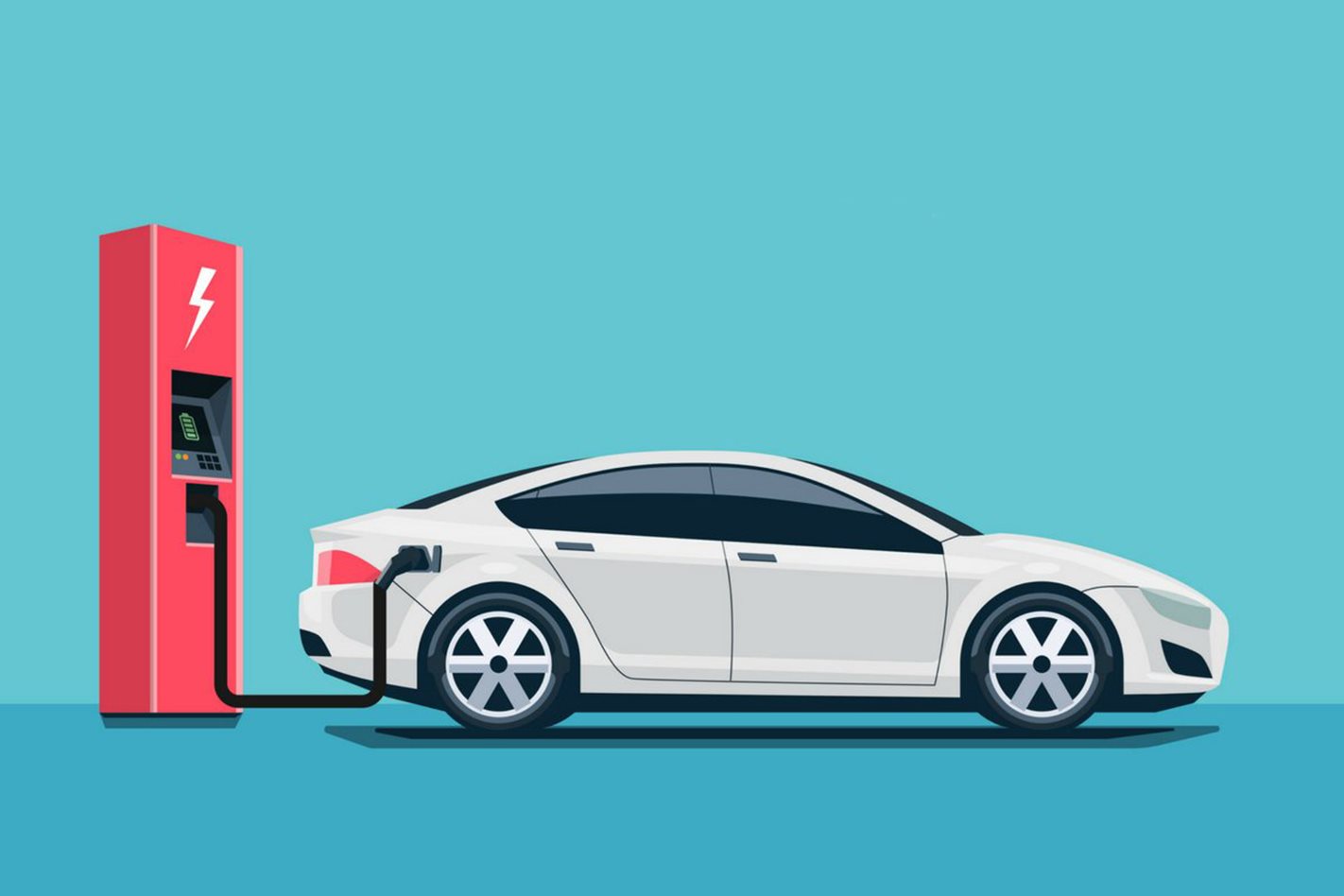
According to The Guardian, at present around 60 per cent of the Territory’s emissions come from transport.
The news follows a promise by Victoria’s Coalition over the weekend to legislate an emissions reduction target of 50 per cent by 2030 if it wins the November state election.
Opposition Leader Matthew Guy made the announcement on Sunday, said The Canberra Times, which matches Victorian Labor’s target and trumps the Federal Government’s goal of 43 per cent.
The Victorian Government has already committed to slashing emissions in half by 2030 – but has yet to legislate it.
The coalition’s plan also includes; a $1 billion hydrogen strategy, upgrades to infrastructure in western Victoria, the setting up of a taskforce to fix the state’s energy grid and a local gas guarantee for new supply.
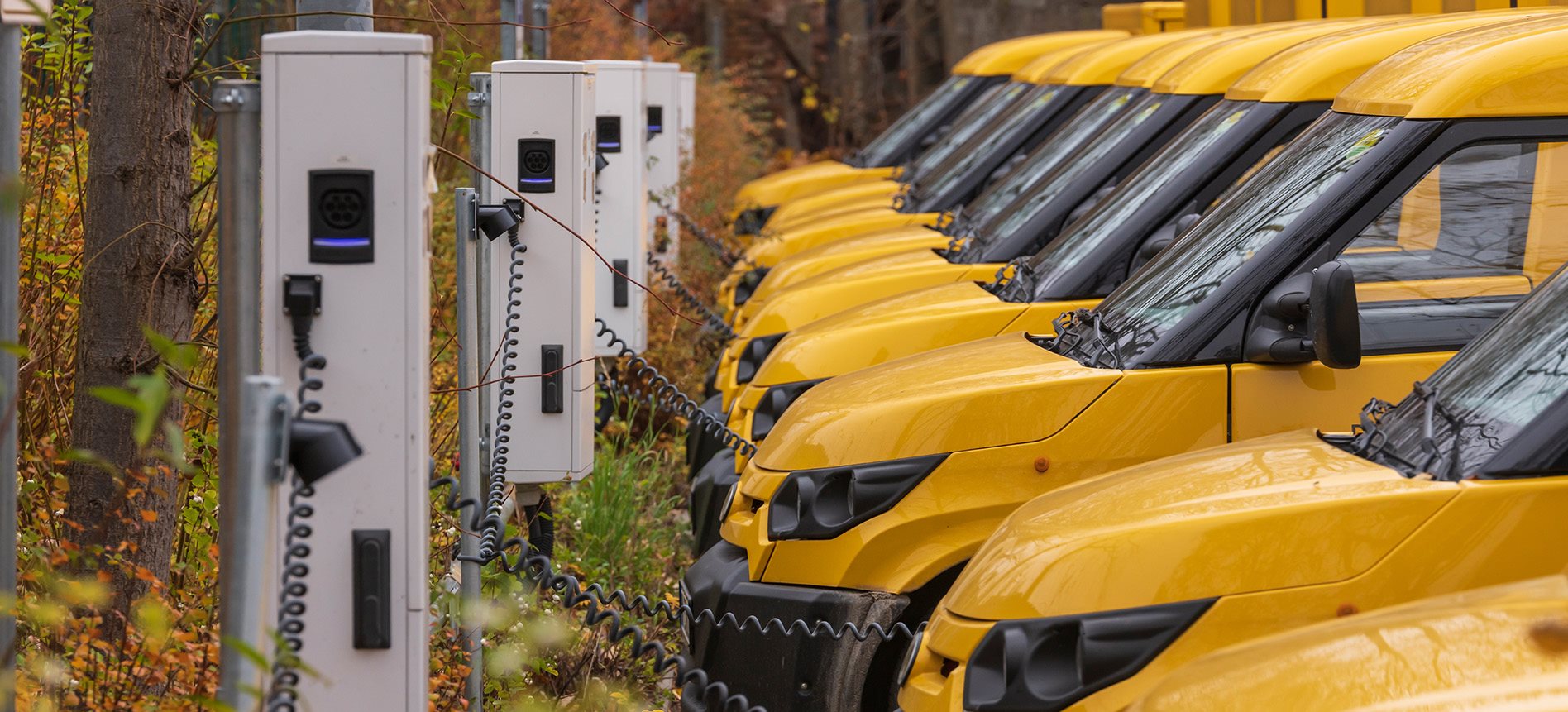
Currently the ACT offers two years’ free registration for new fully-electric vehicles and fuel-cell electric vehicles and 20 per cent off rego fees for older eligible EVs.
Stamp duty may also be waived on vehicles purchased for the first time, and ACT drivers are also able to access up to $15,000 in interest-free loans to help cover the upfront purchase cost of an electric vehicle up to a cap of $77,565.
The industry body representing car dealers however, has not welcomed the ACT’s news.
“We have serious concerns that this policy will have adverse consequences for the automotive industry, the people they employ and consumers in the ACT,” said AADA CEO James Voortman.
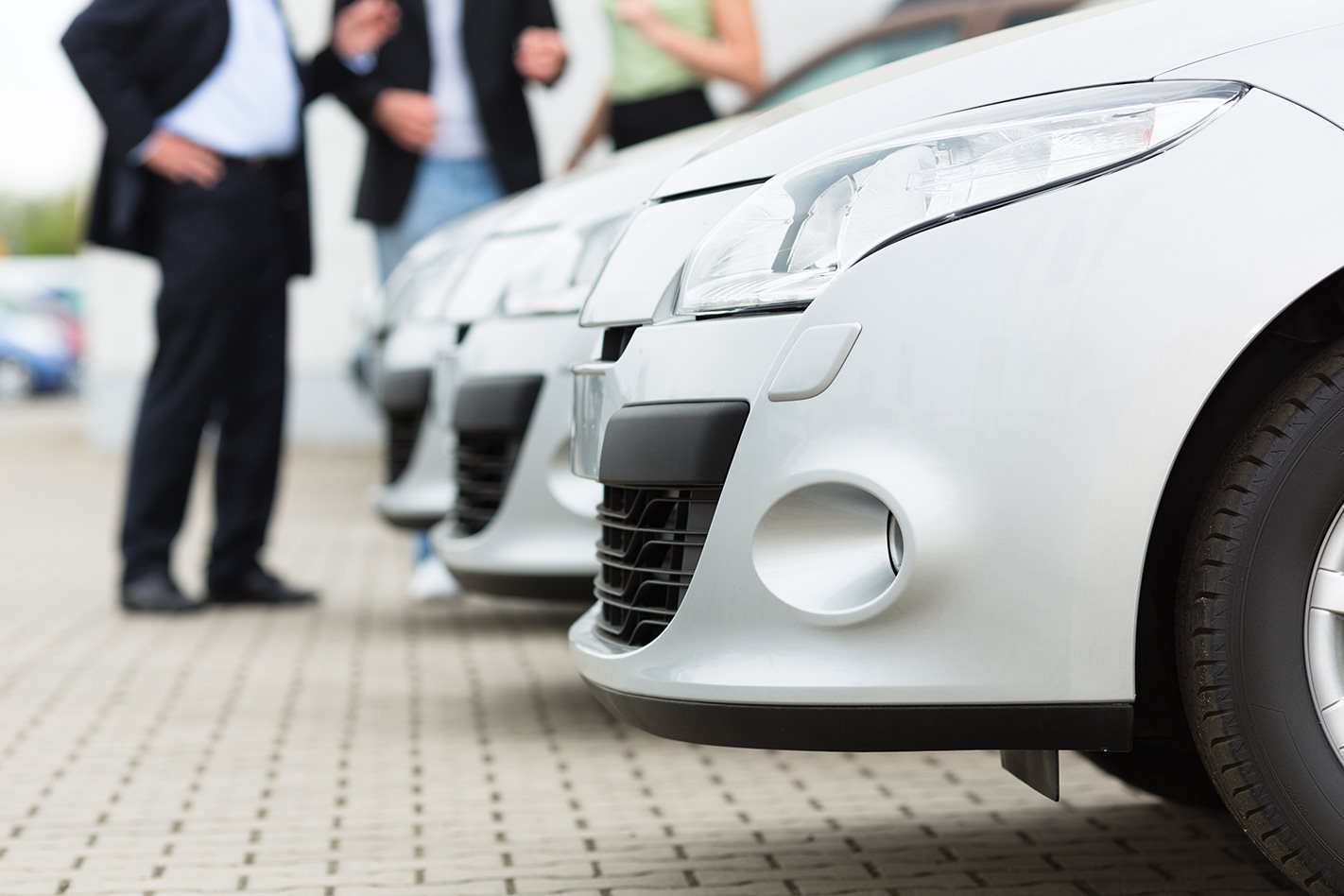
“Electric vehicles are currently more expensive and at present there is a distinct lack of choice in available makes and models. These factors may well change by 2035, but this ban has been foreshadowed in an environment where there is great uncertainty,” he said.
“The big risk is that people hold onto their older, more polluting cars for longer – which will do nothing for reducing emissions.”
“It is unclear how the ACT will enforce this ban and prevent consumers from simply purchasing an ICE vehicle across the border and re-registering it here as a used car,” said Mr Voortman.
“Rather than a crude ban on ICE’s, the best way to lower emissions is to put a technology-agnostic CO2 standard in place, so that manufacturers have a clear understanding of what they need to achieve and are given the freedom to deploy any technology to achieve that goal.”
The transition to low emissions vehicles will have major consequences for Canberrans and all Australians, Voortman added, saying it is critical that we develop a national strategy.
“This is another example of why the transition to low emissions vehicles should be led by the Federal Government, which controls the importation of new vehicles into the Australian market,” Voortman said.
“Disappointingly, there has been no consultation on this major change and automotive businesses in the ACT are left scratching their heads and asking what the future holds for them.”


